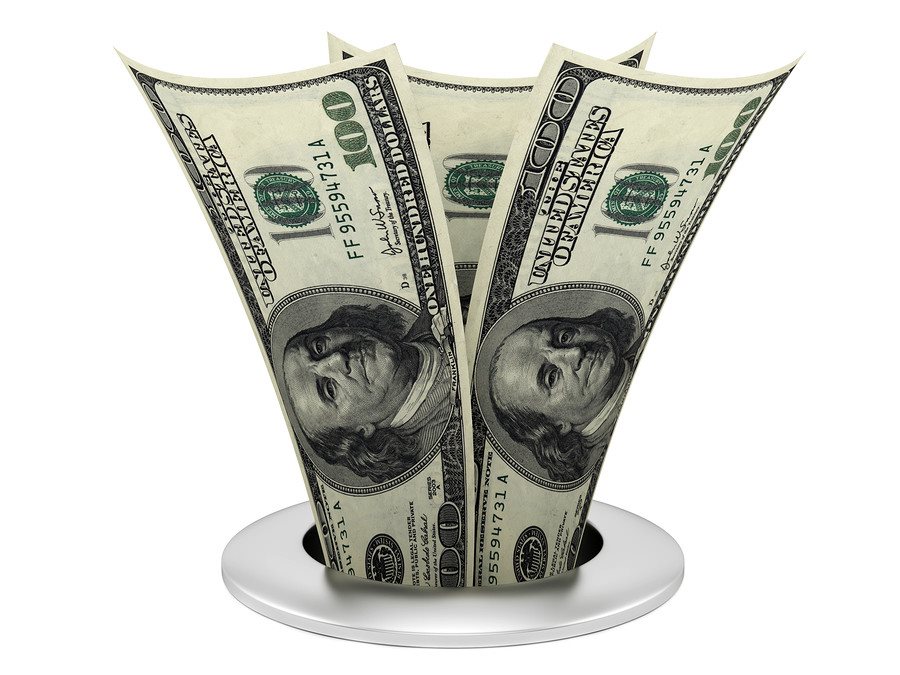How much money are you throwing down the drain?
One of the most interesting conversations we have with investors starts with the question, “How do I find out what I am paying in investment fees?”.
IF they have an answer, it’s usually given with nearly minimal confidence. This is because most investors either don’t care, or, they simply don’t know where to start to figure it out.
Why is it so important to control investment management fees?
Investment mangement fees are the single easiest element that can truly be controlled in investements!
Investment performance, risk management, tax loss harvesting, etc, are all important to success as well, but the strategies used to achieve those are complex, debatable, and variable. Investment management fees are exactly the opposite, because they have a very simple but direct impact on investment returns.
Here is a basic example of what excessive fees can do to your portfolio over time.
Let’s assume that you have a $1,000,000 portfolio, and that you expect to live a pretty long time…lets say 30 years.
If your portfolio contains mutual funds with average fund and advisor fees, your total fees would be in the ballpark of 2.5%.
If you are able to shave off 1% in excessive fees, which is entirely possible and highly recommended, you will be putting over $1,000,000 MORE in your pocket over the next 30 years. This single decision can allow you to retire earlier or make your money last longer.
Of course the markets will have a say in that, but with average annual investment returns of around 6%, the money saved will grow to a number close to that of the starting portfolio value. So a $500,000 portfolio would grow to be about $500,000 greater in value over 30 years with 1% less in fees.
Sound investment management will always have a cost, but ignoring what you’re paying in total fees is flushing a large portion of your wealth down the drain.
Total investment fees include the advisor fees, the fund’s internal expenses, trading fees, as well many hidden fees paid to an additional investment manager that you may not even be aware of. If your financial advisor uses an outside firm’s platform to manage your portfolio, it’s possible that your total fees could be closer to 3%!
The Bottom Line:
Determining total investment management fees on your own can be challenging, but it’s well worth the effort. If you go through the process, and make the necessary adjustments with the help of a fiduciary advisor, you could be on course to accumulating close to $35,000 more PER YEAR on your $1,000,000 portfolio over those 30 years!
What would you do with that extra money?!


